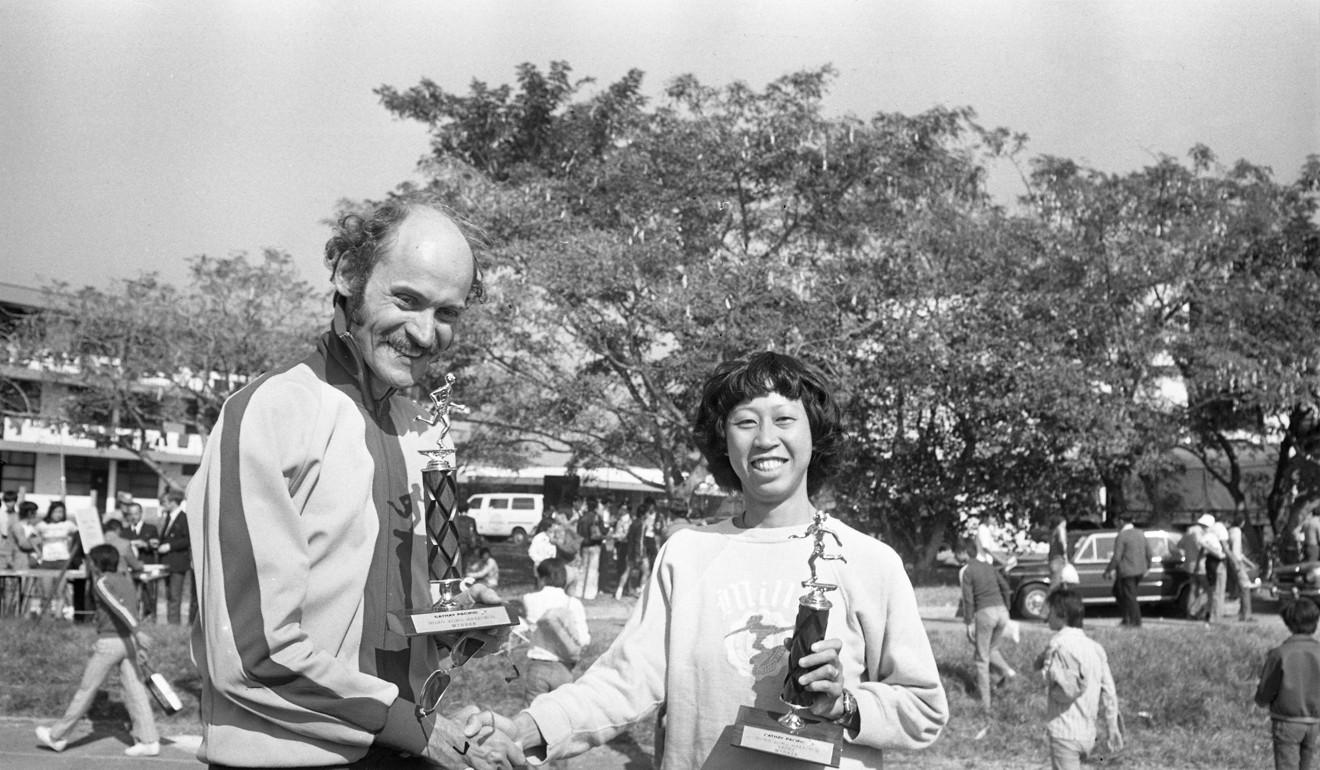
Hong Kong Marathon: 50 years of the event that has grown from just 28 runners to over 74,000
- Event was first held in 1969 to celebrate the then newly open Yuen Long Stadium
- First cross-border marathon took place in 1992 starting from Sheung Shui and finishing in Shenzhen
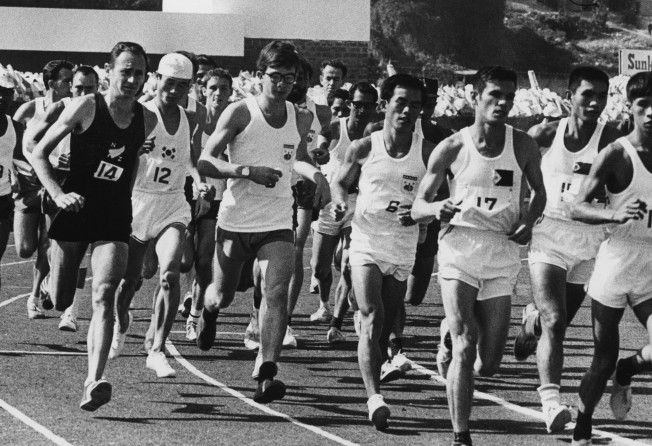
More than 70,000 distance runners are expected to take to the streets when the annual distance running showpiece kicks off on Sunday morning, making it the biggest participation sporting event in Hong Kong.
But when it first started 50 years ago, the Hong Kong International Marathon attracted only a small group of 28 runners from nine countries, with South Korean runner Kim Cha-hwan winning the race in two hours 20 minutes and 39 seconds.

The race began at the then newly opened Yuen Long Stadium as part of the Hong Kong Festival events before heading towards Sheung Shui and returning to the stadium.
Kim beat two pre-event favourites – John Farrington of Australia and New Zealander John Foster to become the first champion.
Six Hong Kong runners entered, four of them finished with Rachael Chue obtaining the best result of 13th place in 3:05:47.

Without financial backing, the second event would not be held until 1977 when it was organised by the Hong Kong Distance Runners Club.
The marathon took place in Kam Tin in the New Territories, with the Shek Kong Airfield as both start and finish. Civil servant Adrian Trowell and Sandra Fung won the men’s and women’s titles respectively. In the women’s event, Winnie Ng Lai-chu, then little known, came second before winning the next Hong Kong Marathon in early 1979 (after the event was postponed in 1978). Ng later represented Hong Kong in major international events including the 1984 Los Angeles Olympic Games and the 1993 World Championships in Stuttgart.
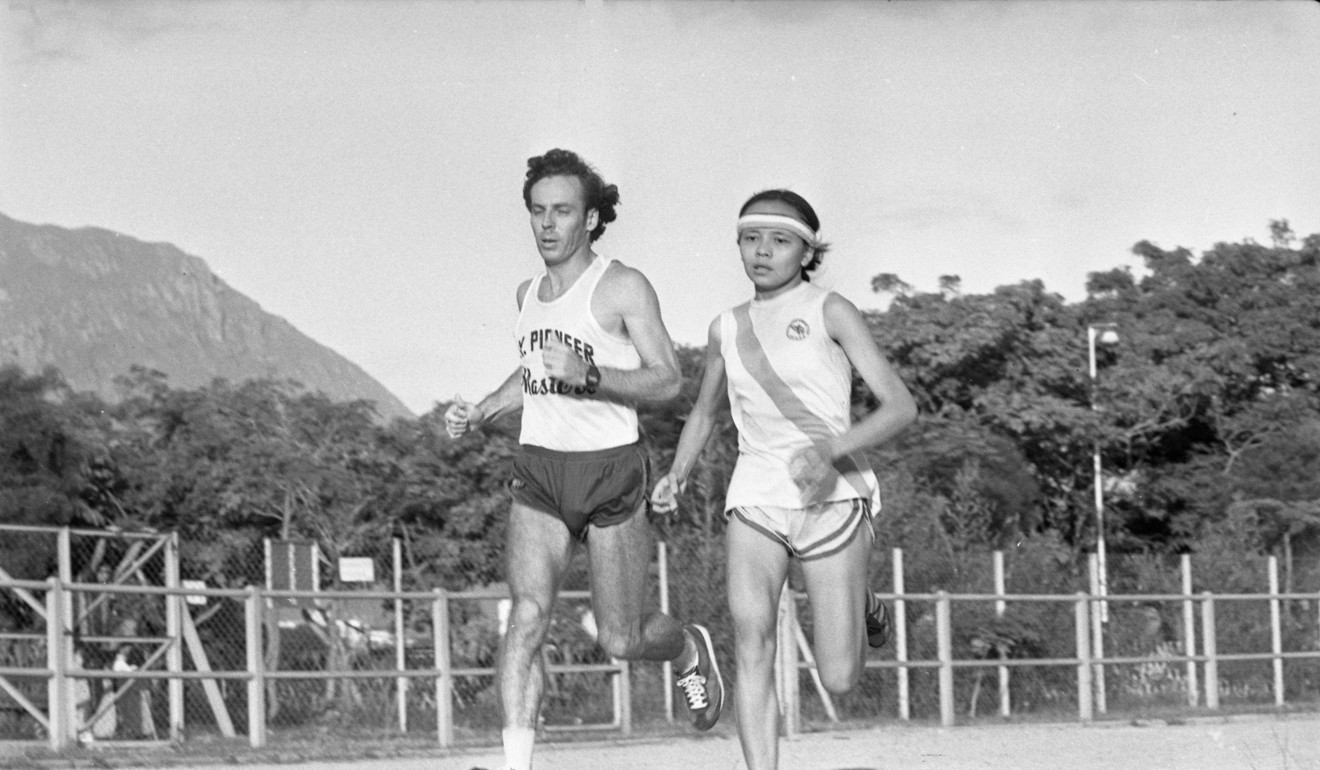
Major events of the Hong Kong Marathon:
1983 – the event moved to Sha Tin with the newly open Jubilee Sports Centre (now Hong Kong Sports Institute) as the start and finish. About 300 runners took part and Yuko Gordon won her first Hong Kong marathon champion. Gordon represented Hong Kong at the Olympic Games the following year and snatched a silver medal at the 1985 Asian Championships for Hong Kong.
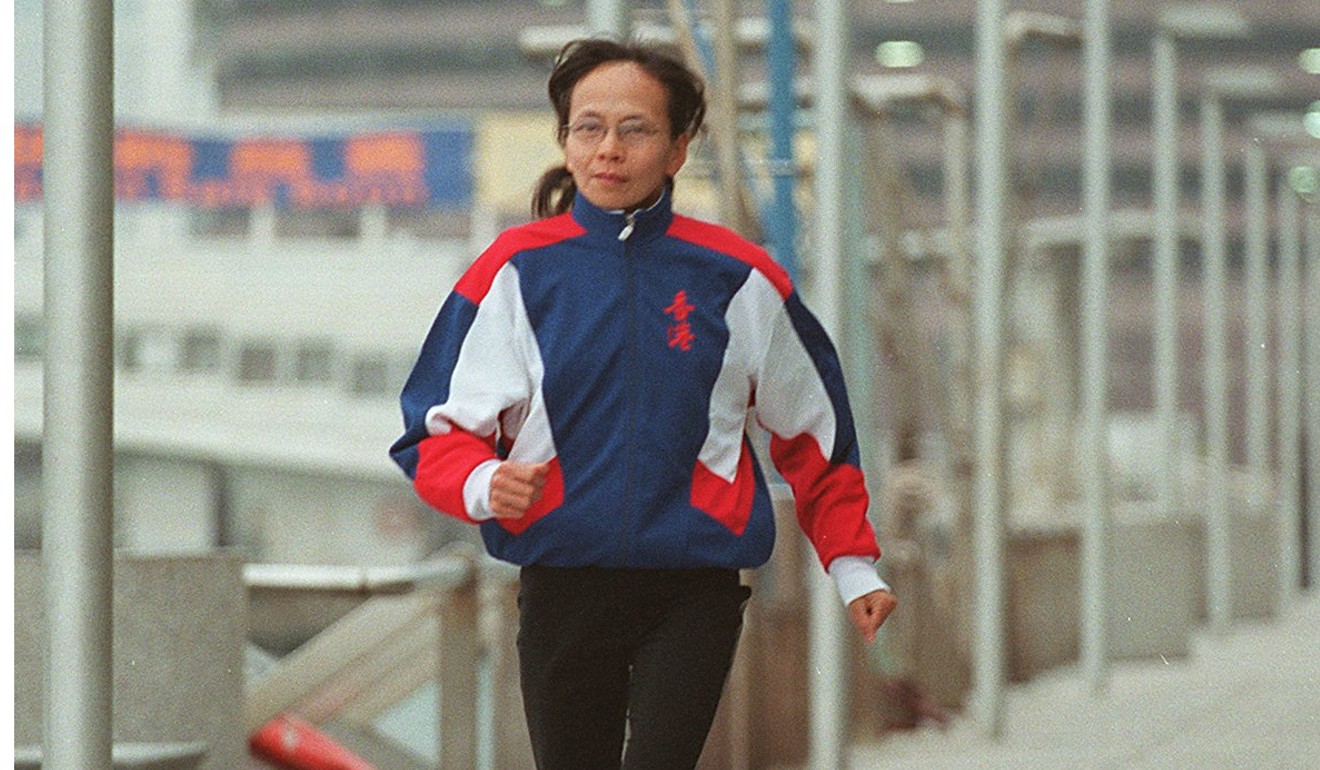
1988 – the event date clashed with horse racing in Sha Tin and therefore moved to the Island Eastern Corridor for the first time. The event attracted an entry close to 1,000 with runners from China winning both the men’s and women’s titles.
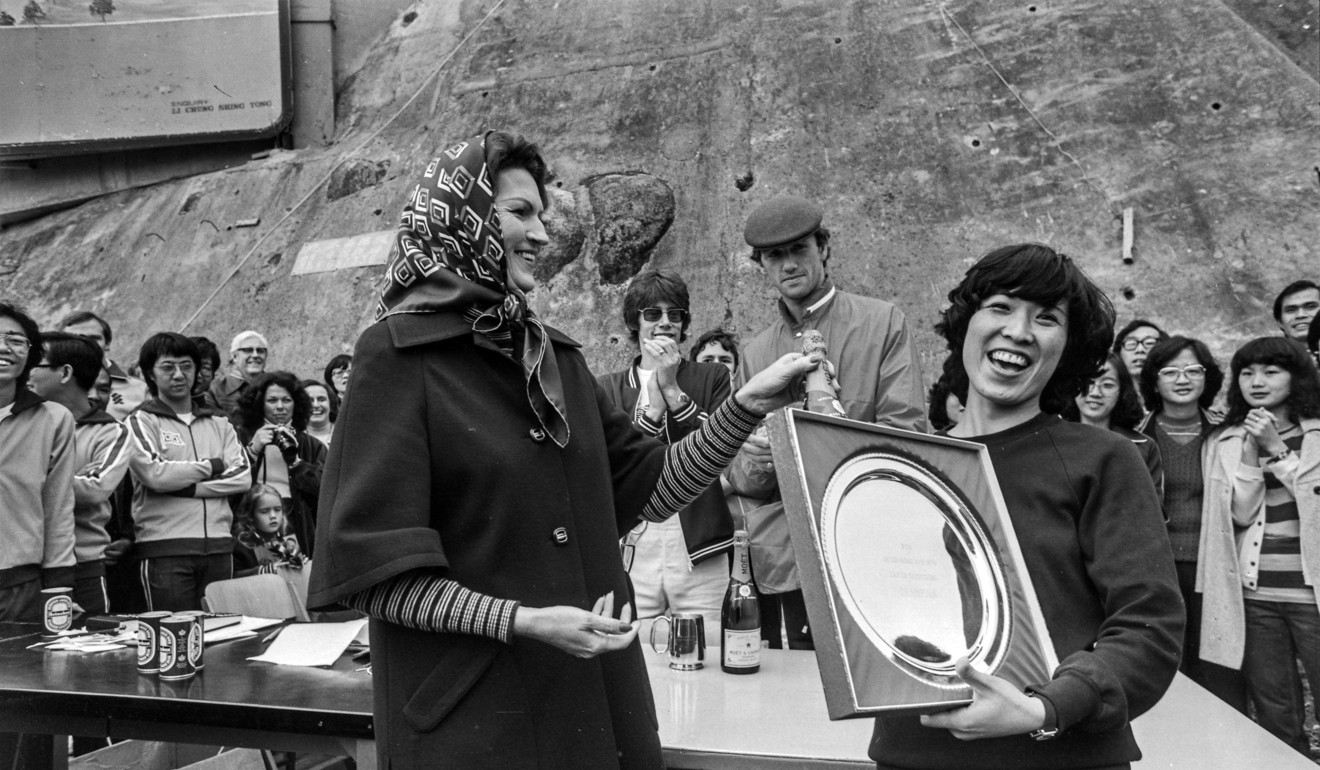
1992 – Hong Kong became the first marathon run across two regions, starting in Sheung Shui, New Territories, with the finish in Shenzhen Gymnasium, China and crossing at border sites Lok Ma Chau and Huangguang. More than 600 runners took part and they had to clear the immigration procedures at North District Sports Ground in Sheung Shui before the organisers carried their documents to Shenzhen for another clearance. China won both men’s and women’s event but Ng Fai-yeung set a best record 2:24:51 for Hong Kong, which was only broken by Tsui Chi-kin at the Berlin Marathon last year.
1997 – Standard Chartered became the title sponsor of the event with more than 1,000 runners taking part. A total prize pot of US$54,000 was offered to runners from 20 countries. After the February event, there were no more cross-border marathons following the change over of Hong Kong sovereignty in July 1997 and the event moved to the newly open Hong Kong International Airport in Chap Lap Kok the following year.
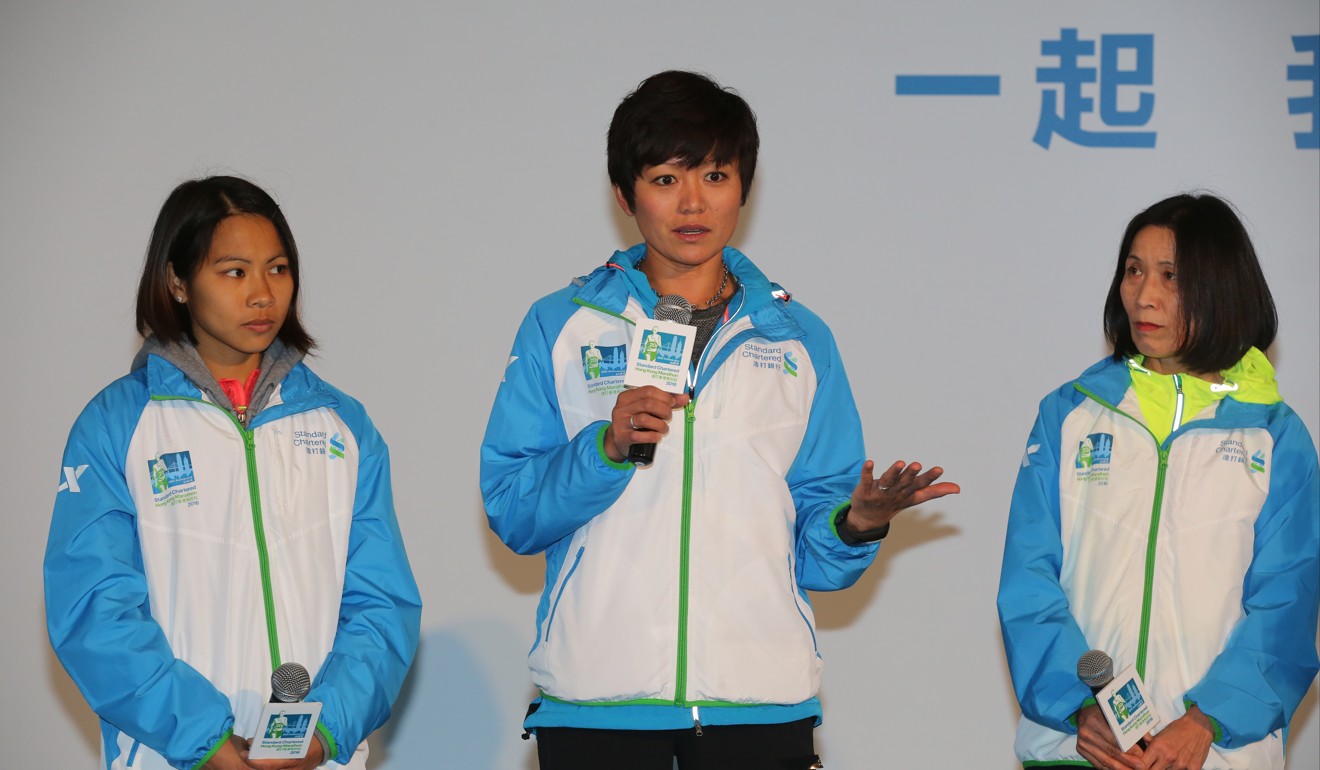
2000 – The event expanded to 7,000 entries as three distance running events were introduced for the first time: a 10km run, half-marathon and the full marathon. The following year, entry numbers broke 10,000 and the start moved to Nathan Road in Tsim Sha Tsui, which has remained until now. Golden Bauhinia Square in Wan Chai was used as the finish.

2008 – The 10km run moved separately to Island Eastern Corridor with the finish of all three events in Victoria Park. The final stages extended from Wan Chai to Causeway Bay to allow more fans to cheer on the runners. Entries also reached 50,000.
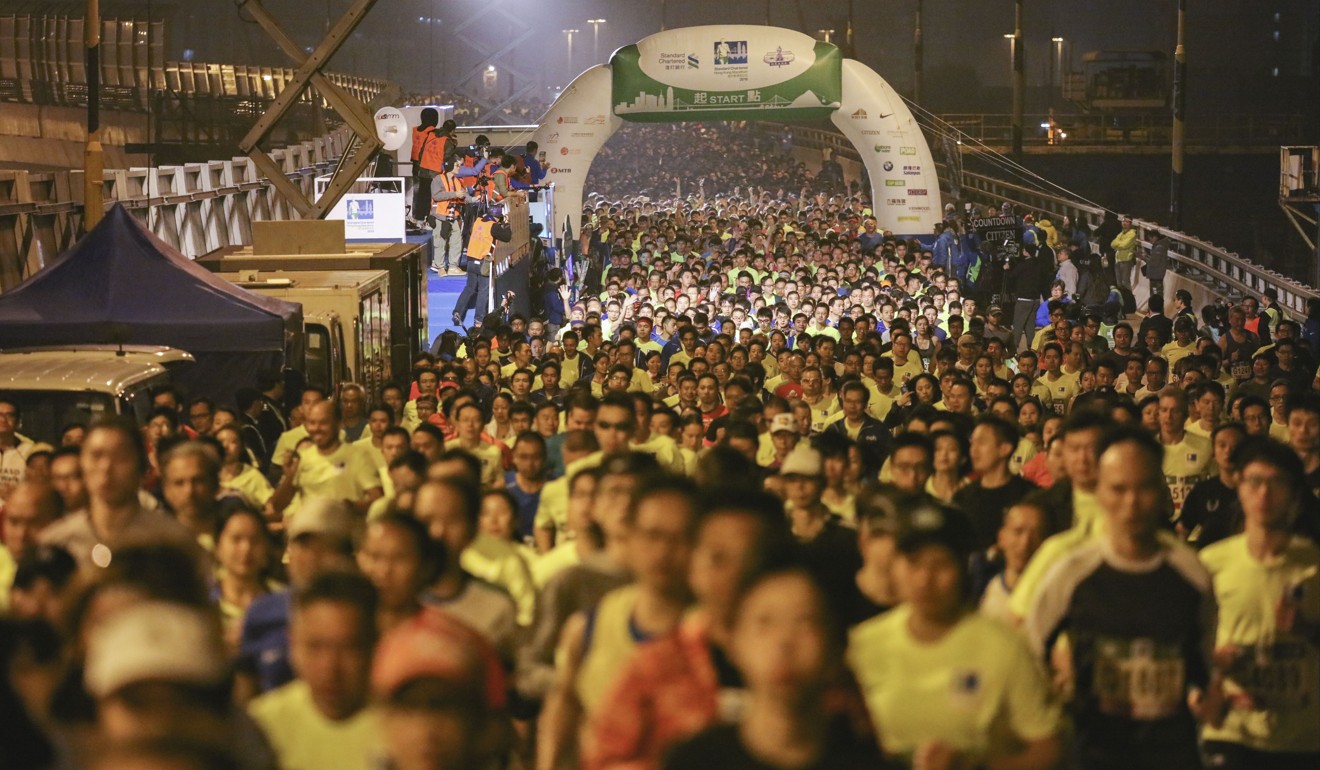
2012 – the event received a bronze label from the world governing body for the first time, with total entries reaching a record 70,000.
2016 – entry quotas increased to 74,000 until now. The event status was also upgraded to gold label by the world governing body. Also, it was the last time the organisers used a first-come-first-served method for enrolment. From 2017 onward, a balloting was used with over 100,000 applicants for that year.